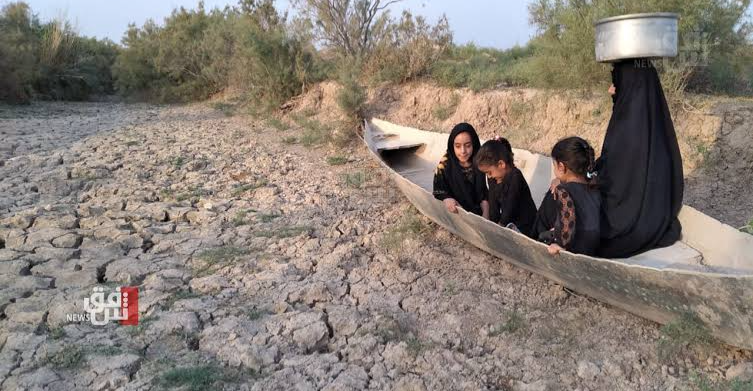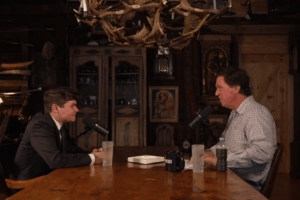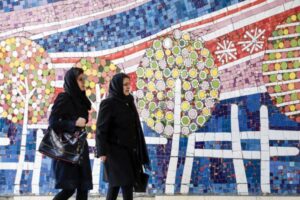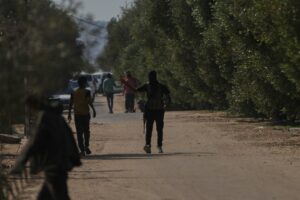
2025-08-01T17:19:16+00:00
font
Enable Reading Mode
A-
A
A+
Shafaq News – Baghdad
Iraq is undergoing an unprecedented climate transformation, with the
past three years marking the most severe environmental deterioration in
decades, according to Fadel Al-Gharawi, Head of the Strategic Center for Human
Rights in Iraq.
In a statement issued on Friday, Al-Gharawi warned that the crisis has
escalated beyond environmental parameters and now threatens Iraq’s national
stability.
Record Heat And Rising Global Vulnerability
“Iraq now ranks among the five countries most affected by climate change
globally,” Al-Gharawi stated, citing extreme heat waves in the central and
southern provinces, where summer temperatures exceeded 50°C in 2023, 2024, and
again in 2025.
He added that Iraq’s average temperature increase of 0.48°C per decade
is nearly double the global rate, describing the trend as “a looming permanent
environmental catastrophe.”
Water Scarcity And Agricultural Collapse
Al-Gharawi reported that the flow of the Tigris and Euphrates rivers has
decreased by 30–40% compared to historical averages. This reduction has
accelerated desertification, increased evaporation, and severely strained water
resources—directly affecting agricultural output.
“The agricultural sector has borne the brunt of rising temperatures and
water shortages,” he said.
In 2022, wheat production fell by 37%, barley by 30%, and total crop
yields dropped by up to 50% in some areas. By 2023, half of all farmers had
reduced cultivated land or irrigation. In 2024, 71% of Iraq’s farmland was at
risk of complete drought, with more than 100,000 dunams (approximately 25,000
acres) lost annually to desertification.
Mass Displacement And Food Insecurity
The environmental decline has led to widespread internal displacement.
Al-Gharawi noted that at least 130,000 people were forced to leave rural areas
for urban centers between 2022 and 2023 due to the collapse of
agriculture-based livelihoods.
In 2024, nearly 40% of Iraqi farmers abandoned the sector entirely,
while over 80% of affected rural families became dependent on humanitarian aid
or food-based loans.
Livestock Losses And Food Supply Impact
Buffalo herding and livestock farming have also suffered. Iraq’s buffalo
population declined from 150,000 in 2015 to fewer than 65,000 by 2024 due to
water shortages. Goat and cattle farming similarly fell, as feed prices rose
and pasturelands deteriorated—undermining Iraq’s domestic food basket.
Public Health Toll From Heatwaves And Dust Storms
Al-Gharawi pointed to a rise in heatstroke and respiratory illnesses
linked to extreme weather events.
During one major dust storm in 2022, more than 5,000 people were
hospitalized within just two days.
Call For Urgent National Climate Strategy
To confront the crisis, Al-Gharawi urged the Iraqi government to
accelerate the “Green Iraq Initiative.” The plan includes planting five million
trees to combat desertification, generating one gigawatt of electricity from
solar projects, and modernizing irrigation systems.
He called for a fully funded national climate adaptation strategy
covering agricultural recovery, water planning, and financial support for
vulnerable farmers through emergency funds.
Al-Gharawi also stressed the need for a swift transition to renewable
energy, large-scale reforestation, and the implementation of rainwater
harvesting systems to rehabilitate degraded lands.





